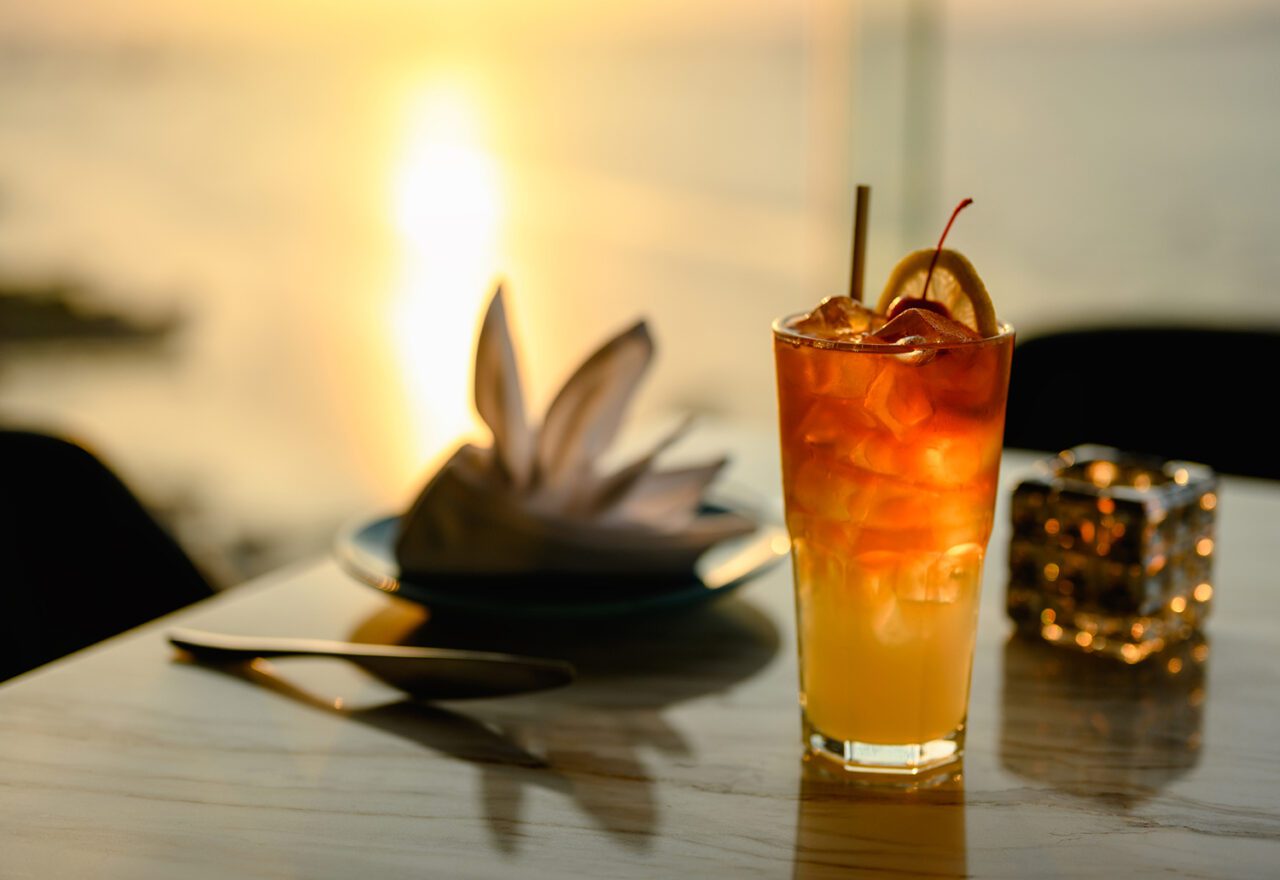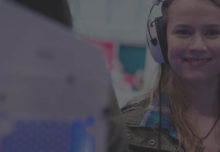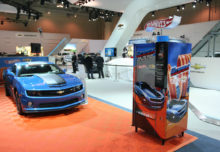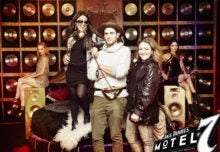From stealth wealth to quiet luxury, understated branding has gained attention this year thanks to characters in series like HBO’s “Succession” and the televised court room drama style of actress and wellness mogul Gwyneth Paltrow. While publications like Vogue have declared quiet luxury a trend of the year, others argue it’s a lifestyle shift that’s here to stay. But in event marketing, the aesthetic has broader implications for an industry eager to get back to basics.
“The definition [of quiet luxury] that I think everybody agrees with is ‘lack of logo’ and getting rid of everything that feels auspicious, but if you think about the brand experience, I would define quiet luxury in events as a minimalist approach,” says Thomas Serrano, founder, along with Anastasia Nisenbaum, of Exclamation Group, which specializes in events for luxury and corporate brand clients like L’Oréal, Swarovski, Hublot, Bulgari and Dom Pérignon.
For quiet luxury, the branded step-and-repeat is out. Moments, tastes and textures that only your brand can deliver are in. So, we tapped Serrano and Nisenbaum to explore what that means, how luxury clients are executing on it, and ideas and actionable advice on leveraging “less is more” in events.
 Luxury Experiences You Might Like:
Luxury Experiences You Might Like:
- How the Genesis House Showroom Immerses Visitors in the Future of Luxury Automotive
- Experiential at Miami Art Week: Our Tour of Brand Experiences Across the Prestigious Week-long Event
Do less, and do it better.
The budget-conscious era of events is far reaching, with even luxury brands dialing back on the number of events they’re hosting throughout the year. They may host fewer, more intimate events, combining events on each coast into one. Or, they may host an event over two days to capture two different audiences, saving production dollars in the process. There’s opportunity now for experience builders to embrace tighter budgets by focusing on a few key moments that will create “magic.”
“You need to do one thing extremely well, and that will be the magic or moment that people will take home with them, and it doesn’t matter if you are a mass-market brand or a luxury brand, human beings function all the same way,” says Serrano.
Rely on moments, not branding.
To do that, hunt for “priceless” experiences for attendees, rather than spend money on branding elements or fabricated Instagrammable backdrops. Serrano and Nisenbaum suggest marketers focus on “delicacy” and the feeling attendees will be left with that your brand gave to them. Like magic hour.
“We hosted an event for a luxury client in Laguna Niguel, CA, and we scheduled the cocktail hour around golden hour—the sunset—which is this magic moment of color,” says Serrano. “We didn’t call it out in the programming. There was no mention. It was just a spectacular moment that happened and lasted 10 to 12 minutes, and that was precious.”
Speaking of priceless details, encourage your c-suite, and your event team, to learn and call out attendees by their first name (should you have a guest list). Conducting a little research on them, their professions or social media presence, will help you go the extra mile.
Map the emotional journey.
Map out the experience around the emotion the brand is going for—like joy, nostalgia, surprise—and decide how you’ll qualify it. You may design a shared or group experience or individual moments, or both, to evoke that emotion. But Serrano and Nisenbaum suggest designing active and passive moments, like expert one-on-one chats and then a general session performance.
“It’s not an exact science, meaning that it’s not going to trigger the same emotion in everybody’s heart and soul, because we’re all different people, but at least there’s an intention and we know in advance what we’re trying to do,” Serrano says. “We can anticipate, modify because we’ve mapped it out.”
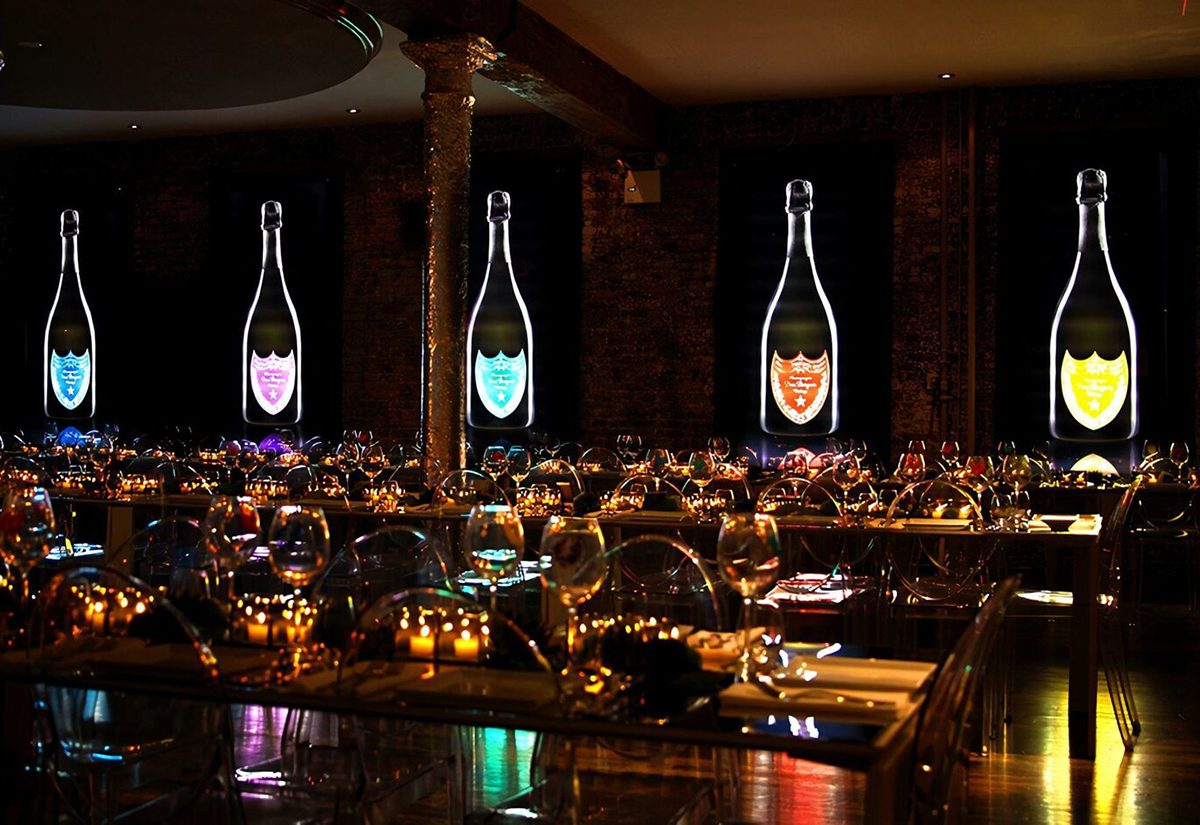
For the launch of an Andy Warhol-inspired bottle collection, Dom Pérignon hosted 200 attendees for a dinner event designed to “recreate the vibe” of the artist’s legendary Factory studio. The emotional “crescendo” was the unveiling of large-scale light boxes of the bottle images that suddenly “emerged from the dark.” (Photo: Exclamation Group)
Accommodate the families.
More corporate event marketers are building in opportunities for attendees to travel with families, offering a special extended room block for family time before or after the event, or building family-friendly activities into the program. For some attendees, being able to do business without leaving family behind is a priceless luxury.
“We are seeing this as a trend, that people since COVID understand that family time is more precious than they thought, and we now have guests who might hesitate to come to an event because they’re going to be away from their family,” Serrano says. “So, we encourage our brands to do it, to host a family-friendly event on a specific evening, or include a program for kids the next day. We’ve even had teenagers at dinner tables because they were curious to attend the dinner, and we made space for them.”
Focus on craftsmanship.
There’s a misconception that luxury consumers don’t look at price tags. But studies show that most millionaires in the U.S. were raised in middle- to lower-income households. They compare the cost of goods to what their parents could afford, and so they want to connect the dots on why certain products or services cost what they do (like a luxury watch). By explaining the history, the craftsmanship, the man hours, the materials, brands help them rationalize the purchase and shift their perspectives.
In quiet luxury, the message should focus on how it’s made. And no matter the category, a brand’s behind-the-scenes experts—the brewer, the foreman, the chef, the product designer—can help shift a perspective with a one-to-one conversation. So, include your “behind-the-scenes” experts.
“Try to remain human, all the way from the beginning to the end. Human interaction is priceless,” says Nisenbaum.
Avoid emotional ‘collisions.’
Quiet luxury has a pace, and while in events there’s a natural sense of urgency, don’t allow emotional moments to collide. For example, if attendees are enjoying food and drink, don’t pack in a speech that would interrupt their enjoyment of the spread, Serrano says. If you show a short film about the history of the brand, allow the audience to digest it before moving on to executive remarks. Let attendees recollect their own memories and talk about that with each other. The ceo can speak later.
“Mapping the emotional journey also means that we’re not machines of generating emotion, and so you want to make sure that you are doing it in the right rhythm and with the right pace,” says Serrano. “That’s an important part of the recipe.”
Emphasis on the “quiet” part, of course.
Photo credit: iStock/NutthasethVanchaichana


